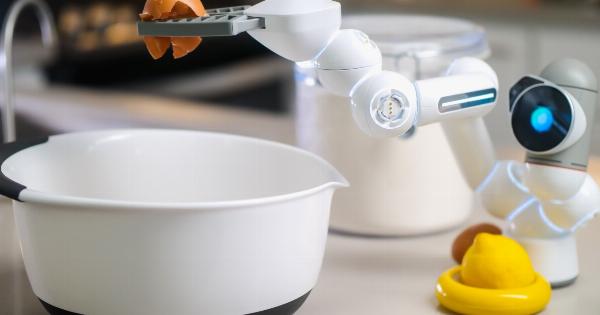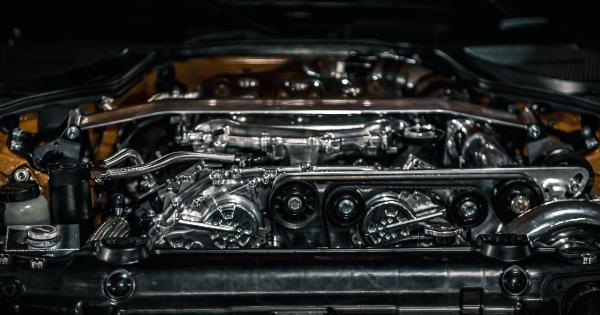In a groundbreaking study, scientists have successfully used male cells to create functional mouse eggs.
This groundbreaking research has opened up new possibilities in the field of reproductive technology and has sparked discussions about the potential for babies with two biological fathers.
The Study: Breaking Gender Boundaries in Reproduction
In the study conducted at the University of Cambridge, researchers were able to reprogram non-germ cells from male mice into functional eggs.
Germ cells, which are responsible for the production of eggs and sperm, have historically been exclusively derived from female animals.
The breakthrough was achieved by reprogramming male cells using a cocktail of chemicals and growth factors. This process transformed the male cells into functional eggs capable of fertilization.
The resulting embryos were then implanted into female mice, leading to the successful birth of healthy pups.
Potential Implications for Human Reproduction
The successful creation of mouse eggs from male cells raises intriguing possibilities for human reproduction. While the study was conducted on mice, it provides a proof-of-concept for similar techniques in humans.
The ability to create eggs from male cells could offer hope to same-sex male couples who wish to have biological children. Currently, same-sex male couples typically rely on assisted reproductive technologies involving egg donors and surrogate mothers.
The ability to create functional eggs from male cells could provide a more direct method for these couples to have genetically related children.
Additionally, this research has implications for individuals who are unable to produce eggs naturally due to genetic or medical conditions.
The breakthrough could potentially allow these individuals to use their own genetic material to create eggs, bypassing the need for egg donors.
Challenges and Ethical Considerations
While the research is exciting, several challenges and ethical considerations must be addressed before this technology can be applied to humans.
One of the key challenges lies in the reprogramming process. The successful creation of functional eggs from male cells required complex and prolonged exposure to chemical cocktails and growth factors.
The process could be potentially risky and may not be feasible or safe for human use without further refinement and understanding.
Furthermore, there are ethical concerns associated with the creation of children with two biological fathers.
The concept of “parental rights” and legal frameworks surrounding parenthood may need to be reevaluated and adapted to accommodate these new possibilities. Society’s attitudes towards family structures and parenting norms will also need to progress to accept and embrace non-traditional family compositions.
Promising Future of Stem Cell Research
Despite the challenges, the successful creation of functional eggs from male cells marks a significant milestone in the field of stem cell research and reproductive technology.
It showcases the potential of stem cells and their ability to differentiate into various types of cells.
Stem cell research holds great promise for advancements in healthcare and medicine, not just in the realm of reproduction. These versatile cells have the ability to repair damaged tissues, treat diseases, and revolutionize personalized medicine.
Unleashing Genetic Diversity
Another potential benefit of using male cells to create eggs is the potential to enhance genetic diversity.
Currently, couples using assisted reproductive technologies often have limited genetic options, relying heavily on the genetic material of the egg donor.
By enabling individuals to use their own cells to create functional eggs, this technology could unlock a broader range of genetic possibilities.
It could allow individuals to pass on their unique genetic traits to future generations, leading to increased genetic diversity and potentially beneficial genetic variations.
Conclusion
The groundbreaking research on using male cells to create mouse eggs opens up exciting possibilities for human reproduction.
While there are still numerous challenges and ethical considerations to address, the potential for babies with two biological fathers is no longer purely speculative.
The successful creation of functional eggs from male cells demonstrates the power of stem cell research and the potential for advancements in reproductive technology.
As society progresses and embraces different family structures, this research could offer hope to same-sex male couples and individuals struggling with infertility, allowing them to have genetically related children using their own cells.
While it may take years or even decades to refine and safely apply this technology to humans, the era of babies with two biological fathers might be closer than we think.































